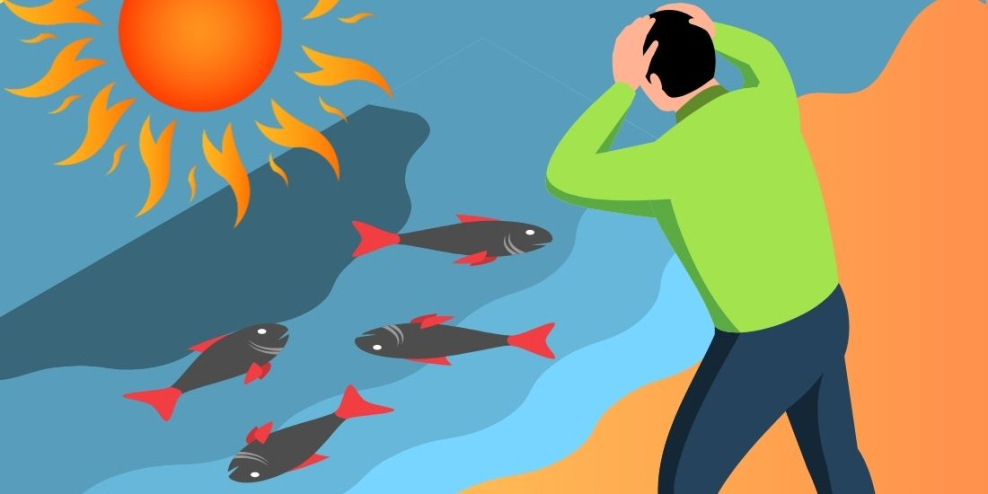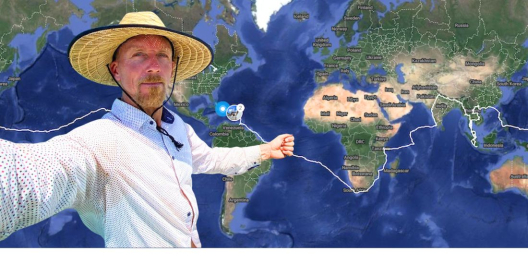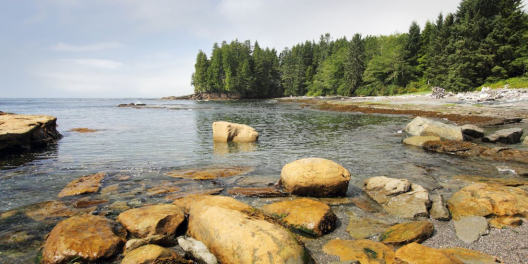Sea surface temperatures have been breaking records in the past few months. Oceans are getting warmer than ever around the world.
In the Pacific, El Niño may be partially to blame. But there’s a bigger story at play – climate change.
In the last 200 years, humans have whacked down huge chunks of forest. Trees store carbon dioxide (CO2), so that’s bad news.
Humans continue to burn massive amounts of heat-trapping fossil fuel pollution – that’s also bad news for the planet.
In other words, CO2 traps heat and human activity is heating up the planet.
Here’s the thing. Just a tiny bit of all that human-caused heat (1 percent) stayed in the atmosphere. Most of the rest of this global warming heat has been absorbed by the ocean.
Over the past 50 years, the global ocean temperature rose 0.13 C per decade. That seems like a small number, but it’s almost twice the 0.7 C per decade increase recorded over the previous half-century.
That’s a big problem, especially in the top layer of the ocean. From the surface down to about 80 metres is where most marine life dwells, from salmon and plankton to whales and sea otters.
It’s also the part of the ocean warming the fastest, heating up by an average of about 0.11 degrees each decade since the 70s. Plus, the speed that the sea is warming is increasing. It has jumped 24 percent since the 1970s.
Most ocean life is sensitive to even a slight spike in temperature.
Different species of salmon have different tolerances to warming oceans. But most scientists agree that if warming trends continue, salmon will likely vanish from the south coast of BC.
It’s also impacting the health of commercially important species like oysters and clams. So businesses like Union Bay Seafood better have contingency plans.
Warming oceans have impacts beyond marine life.
They cause more intense storms and drive sea levels higher because warm water takes up more space than cool water. Between 1971 and 2010, heat-driven sea-level rise added almost 1 mm to the height of oceans worldwide. That doesn’t sound like much, but even a slight rise in sea level coupled with an intense tropical storm can be catastrophic.
So, climate change is not just about heat domes and heat waves. It’s also about the long–not so slow–marine heat wave starting to boil our oceans.










